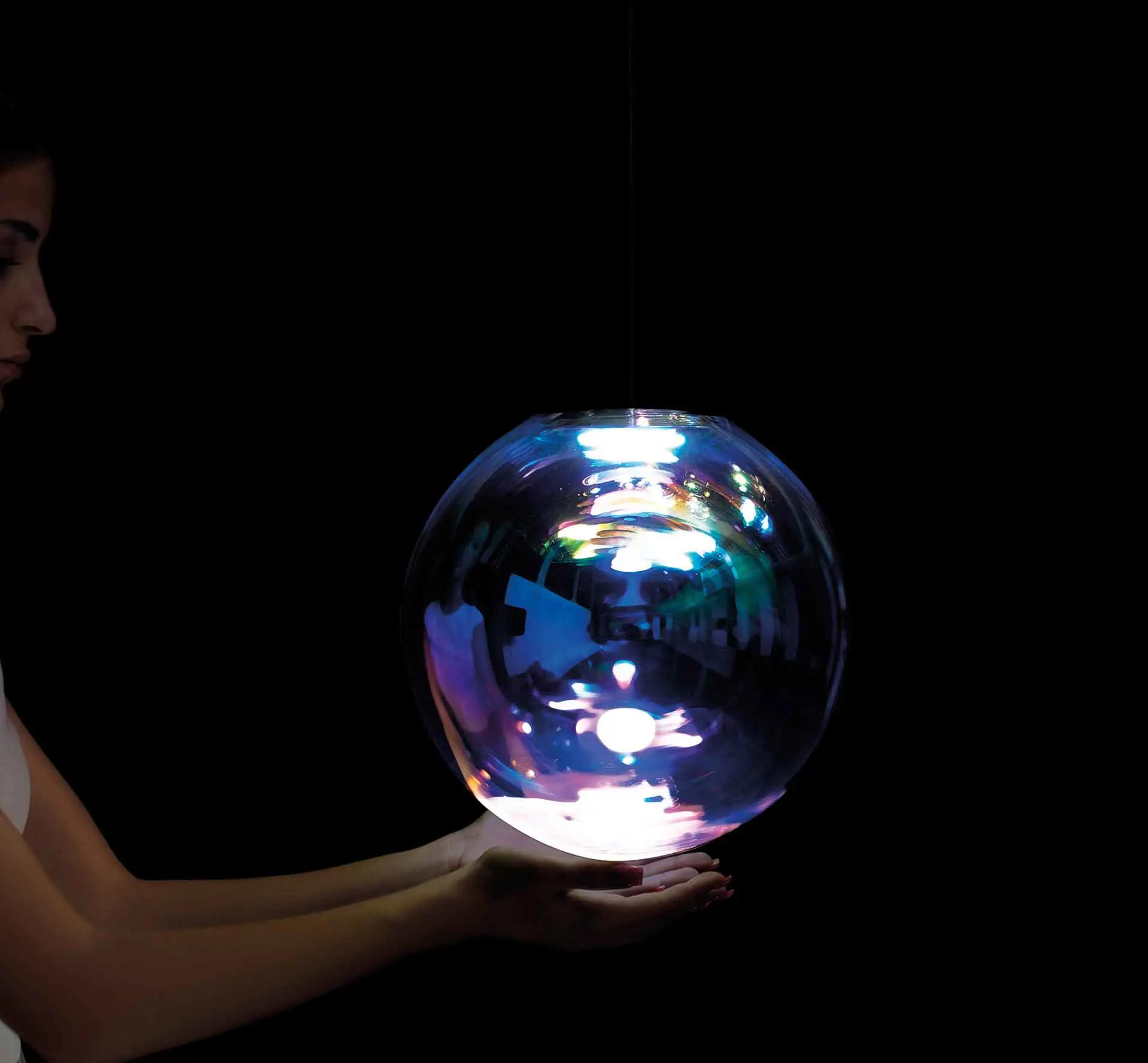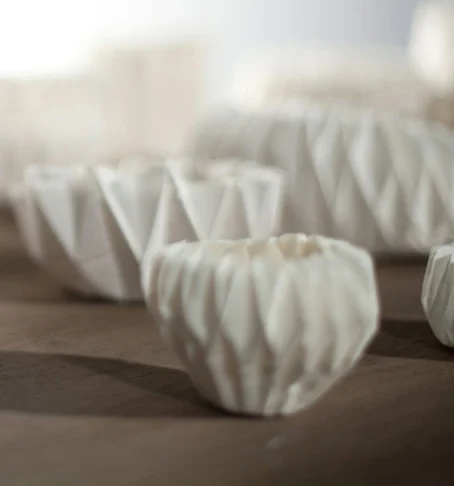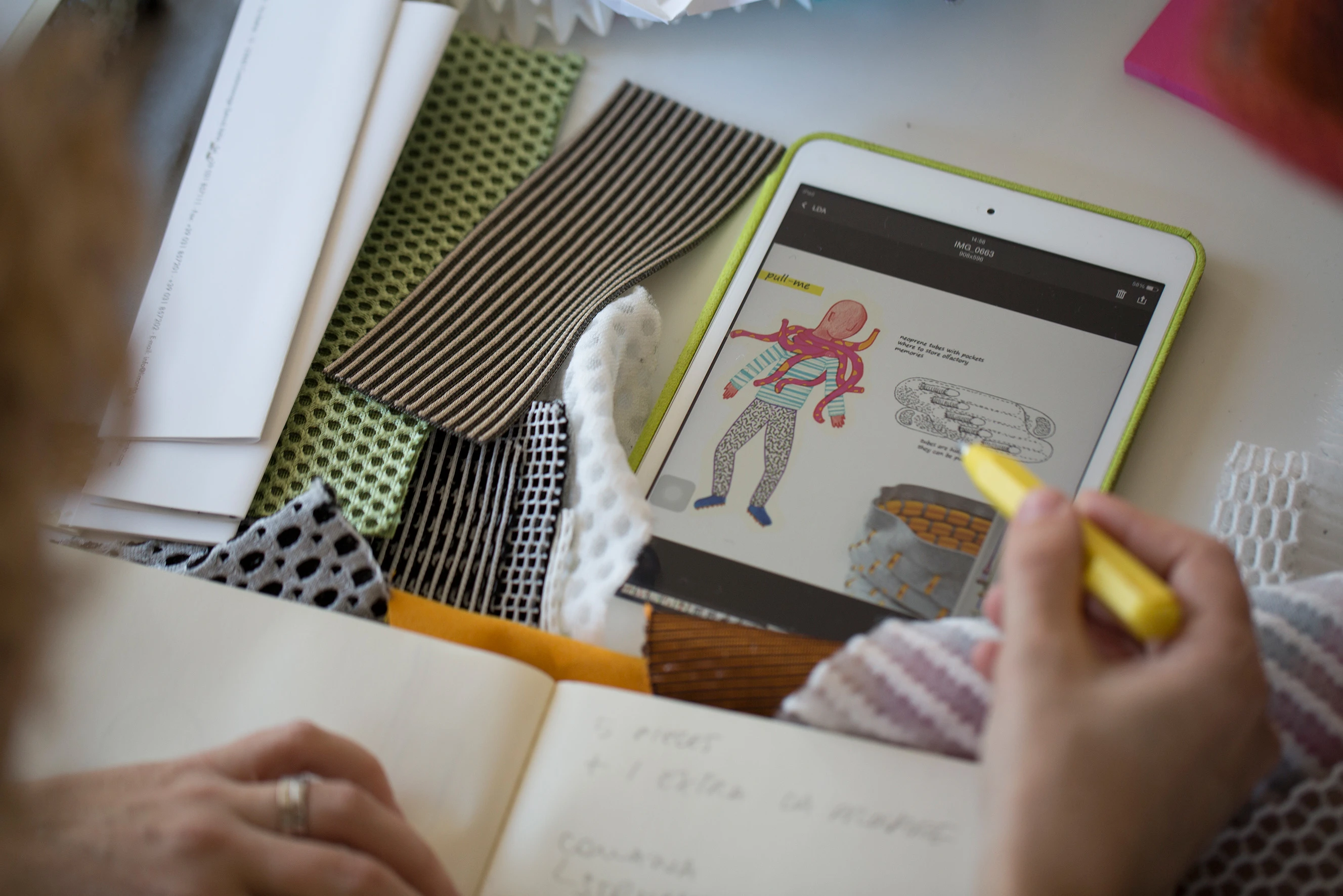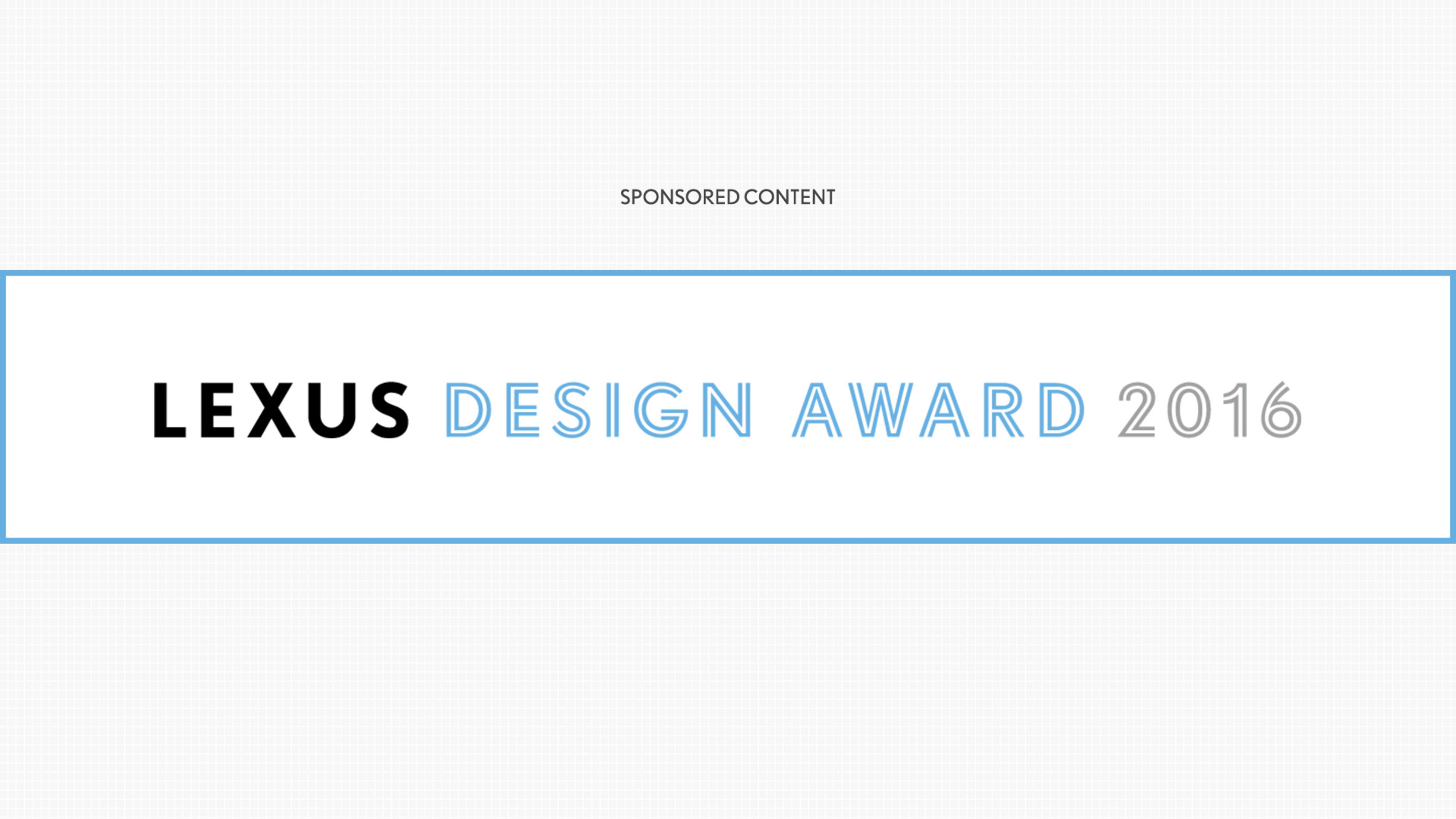Designers create the future. They help define how we move, where we sleep, what we wear, how we interact with one another. For the past three years, the Lexus Design Award has honored some of the field’s most promising visionaries, those developing the brightest, most breathtaking ideas for how we will live tomorrow.
One of the Lexus Design Award’s distinguishing features is that the journey doesn’t end when the panel of judges, all storied design luminaries, selects eight panel finalists and four prototype winners from a field of more than 1,200 entrants. In fact, that’s just the beginning: Over the next five months, the four designers will be mentored by stars in the field who will help them refine and prototype their works. The prototypes will be unveiled at Milan Design Week 2016—in April—where the winner of the Grand Prix will be announced.
Aptly, this year’s contest centers on the theme of “Anticipation.” When the judges and mentors met recently at INTERSECT BY LEXUS – TOKYO, Lexus’ brand-experience space in Tokyo, we asked several to muse on the ideas emerging from this year’s entries.

Toyo Ito on the Power of Ambiguity
The pioneering, Pritzker Prize–winning Japanese architect Toyo Ito, a four-time judge in the Lexus Design Award, constantly explores new forms and ideas. His portfolio includes the Mediatheque in Sendai, Japan, a museum/library in which he eliminated as many walls as possible to highlight the institution’s interdisciplinary nature, and the Singapore skyscraper CapitaGreen, which uses greenery covering 55% of its façade as a living solar shield. During the judging, Ito praised entrants who incorporated ambiguity into their designs. “There used to be more of a clear definition of things. We’re moving toward not changing what’s vague,” he says approvingly. Once, this may have been deemed a design flaw, but Ito believes it’s an asset. Borrowing a metaphor from his own field, he notes that architects traditionally mark out stated purposes “for different rooms. Rather than defining those spaces, I’m very interested in how we’re making spaces more of a vague continuum.” Done right, this opens the possibility of new purposes. It transforms the relationship between the designer, the design, and the user, creating new space for the user’s imagination and creativity.

Alice Rawsthorn on the Pragmatism of the New Generation
What problems are young designers choosing to tackle? “We are living at a great time of turbulence and gravity,” says British design critic and writer Alice Rawsthorn, a four-time judge in the Lexus Design Award who was named an Officer of the Order of the British Empire by Queen Elizabeth in 2014. “There are major challenges for designers to wrestle with.” This year’s entries do just that. Preeminent among them, Rawsthorn says, are “sustainability and environmental responsibility as well as humanitarian-design issues.” At its best, she says, “design engages directly with every aspect of daily life and the possibilities of change.”
Neri & Hu on the Past as Springboard
Good design doesn’t ignore heritage or history. “It points to the future as well as the past,” says Lyndon Neri of the Shanghai-based husband-and-wife design team Neri & Hu, which has crafted everything from sleek retail interiors to sophisticated cabinetry. Neri and partner Rosanna Hu, second-time mentors in the Lexus Design Award, believe the object lessons of yesterday can help forge new solutions for tomorrow. “To use that nostalgic sentiment for some constructive creation is important,” says Hu. She worries too that young designers can also become overly reliant on new technologies. “Some rely on it for generating creative ideas, but technology can’t do anything other than amplifying ideas. Think about what you can do with your bare hands and your mind first.”
Max Lamb on the Innovative Instinct
Innovative British designer Max Lamb’s work plays with natural materials—he has created crockery emulating the forms of weather-worn rock, and invented a kind of engineered marble that celebrates the original stone’s colors and textures while adding strength and reducing porosity. Raised in Cornwall, Lamb, a second-time mentor, developed an appreciation for nature’s elements early: He spent his youth exploring Cornwall’s rugged coastal landscape. While much of his work uses sophisticated, modern manufacturing techniques, that’s not his starting point. He echoes Neri and Hu’s concerns about technology’s role in design. “Smart ideas are far more important than smart technology,” Lamb says. “I often find the younger generation of designers almost losing sight of these primitive notions of how humans interact with product.”

These ideas, these tensions, were subjects of vigorous debate when the judges and mentors met. Joining Ito and Rawsthorn as judges: Paola Antonelli, design-and-architecture curator at New York’s Museum of Modern Art; Aric Chen, design curator at Hong Kong’s M+ museum; designboom editor-in-chief Birgit Lohmann; and Lexus International president Tokuo Fukuichi. Also serving as mentors: Italian architect and designer Elena Manferdini, as well as Daniel Arsham and Alex Mustonen, principals of the New York firm Snarkitechture, which explores the boundary between art and architecture.
The panel’s picks for the four prototype winners will be revealed in January. Then the mentors and their charges begin the hard work of taking the promising projects from the drawing board to prototype—and moving one step closer to designing the future.
For an inside look at the finalists’ work, as well as scenes from Lexus Design Award events, explore the Lexus International website; on Instagram, check out @Lexusdesignaward
Recognize your brand's excellence by applying to this year's Brands That Matters Awards before the early-rate deadline, May 3.
